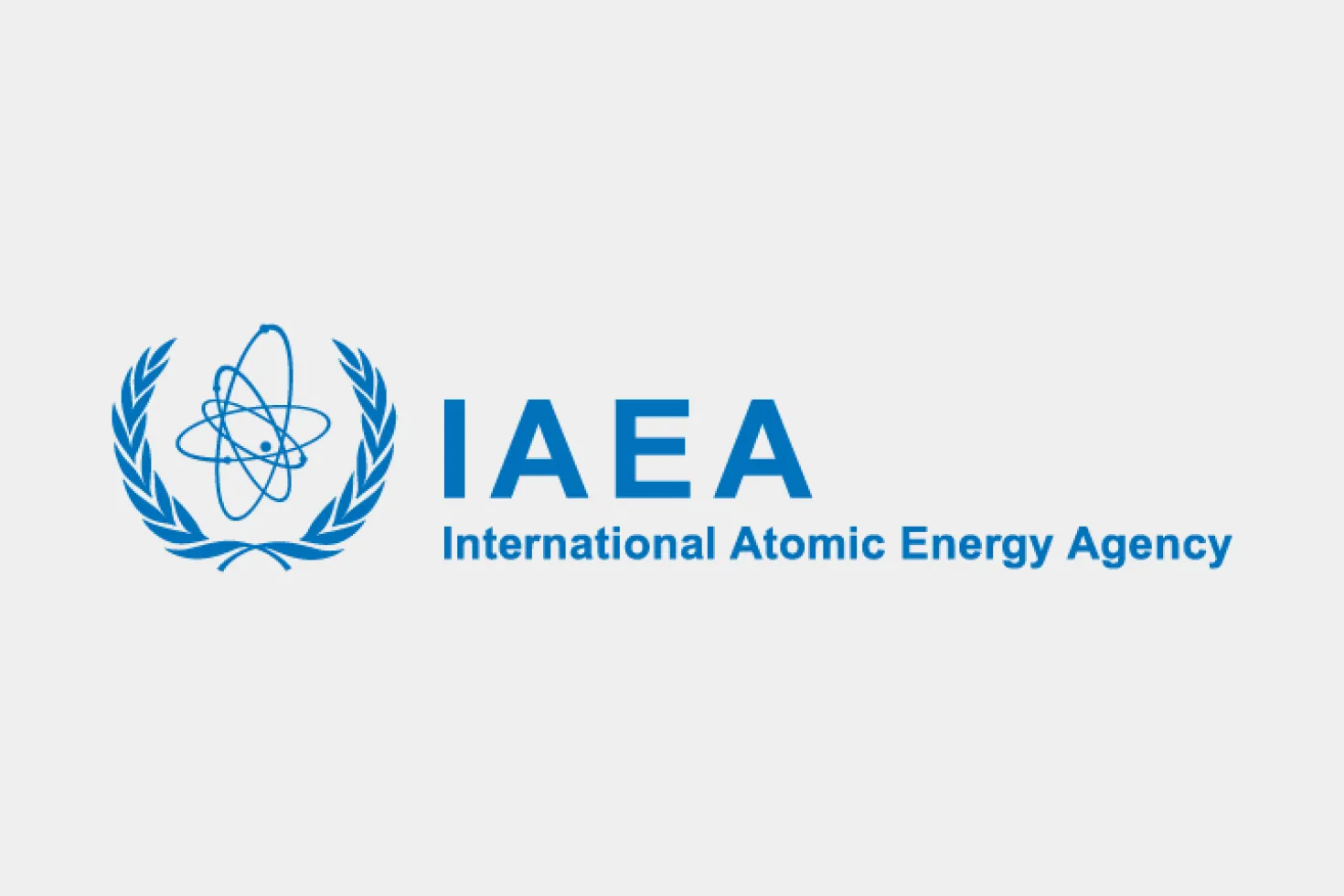IAEA backs Japan’s efforts to safely manage Fukushima nuclear wastewater
The International Atomic Energy Agency (IAEA) has confirmed that Japan has initiated the release of treated radioactive wastewater from the disabled Fukushima Daiichi Nuclear Power Station into the Pacific Ocean.
This action comes 12 years after the major meltdown occurred.
Experts from the UN nuclear watchdog were present to monitor and ensure that all relevant international safety standards were applied. This monitoring is part of a multi year review process that could extend for decades.
The decision to release the water into the sea has stirred criticism both in Japan and the surrounding region.
The IAEA has been consistently providing real-time data on the controlled release of the treated water, including information on water flow rates and radiation levels.
Director General Rafael Mariano Grossi stated, “The IAEA has committed to being present before, during, and after this process.”
The Fukushima Daiichi Nuclear Power Station faced severe damage following an earthquake and tsunami in March 2011. Since then, water has been continuously pumped in to cool the plant’s reactors.
Additionally, groundwater infiltrates the site, and rainwater enters the damaged reactor and turbine building. This water comes into contact with melted fuel, fuel debris, and other radioactive substances, leading to contamination.
It was then treated and diluted using a filtration process known as the Advanced Liquid Processing System (ALPS) and stored in specially prepared tanks.
As of June, there were approximately 1,000 of these tanks holding over a million cubic meters of treated water.
In a recent report, the IAEA affirmed that Japan’s approach and activities related to discharging the treated water adhere to relevant international safety standards.
Furthermore, the “controlled, gradual discharges” of this treated water are expected to have a “negligible radiological impact” on both people and the environment.
Follow the Neptune Prime channel on WhatsApp:
Do you have breaking news, interview request, opinion, suggestion, or want your event covered? Email us at neptuneprime2233@gmail.com





